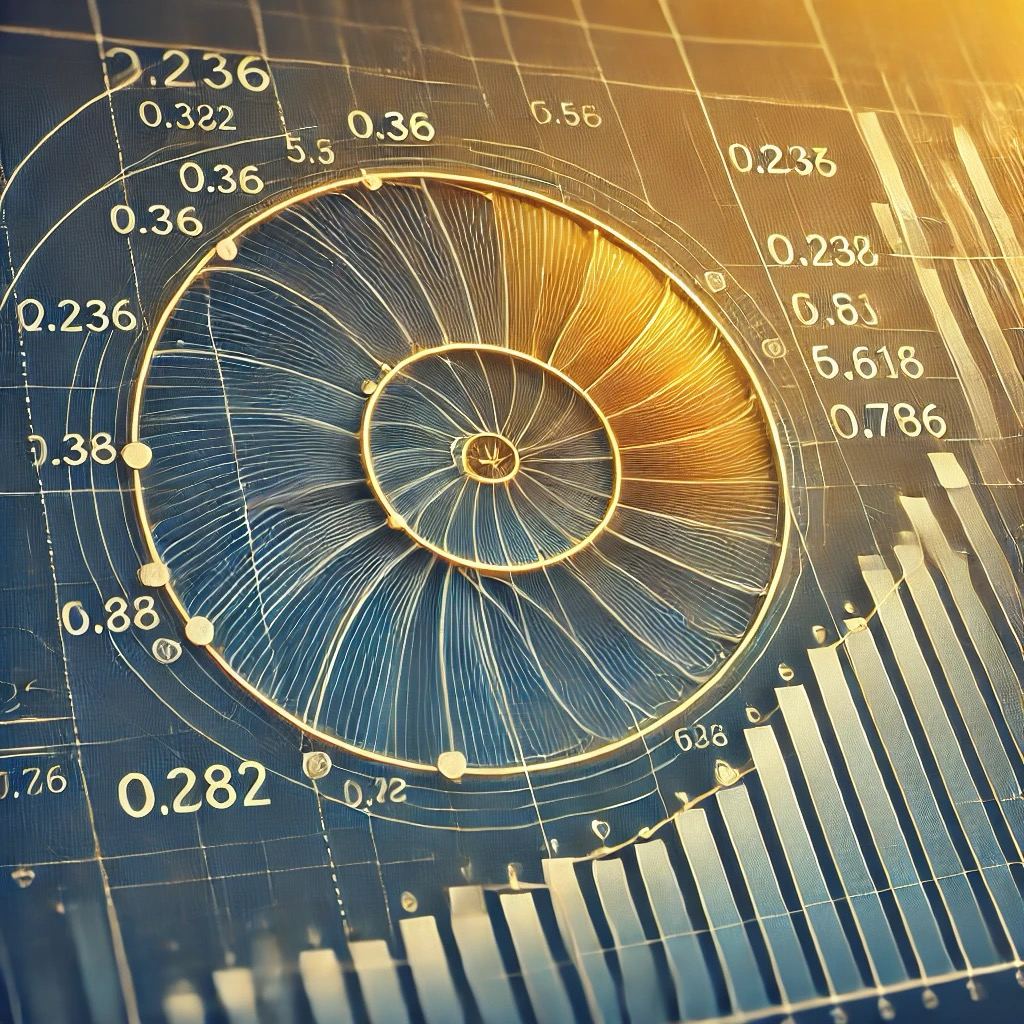Learn Trading for Free and Without Registration
An Online Glossary to Study Trading Independently
Sequence of Fibonacci Numbers

Fibonacci Numbers: The Mathematical Model, History, and Applications
Fibonacci numbers form a sequence that appears in nature, architecture, art, and financial markets. This mathematical model is based on a simple algorithm: each number in the sequence is the sum of the two preceding numbers. For example, the sequence begins with 0 and 1, followed by 1 (0+1), 2 (1+1), 3 (1+2), 5 (2+3), 8 (3+5), 13 (5+8), and so on.
The History of Fibonacci Numbers
The sequence is named after the Italian mathematician Leonardo of Pisa, known as Fibonacci. In 1202, he published "Liber Abaci" ("The Book of Calculation"), which introduced various arithmetic concepts, including this famous sequence. The primary goal of the book was to promote the Indian-Arabic numeral system, but the task related to rabbit reproduction first brought attention to this sequence.
Although Fibonacci popularized the sequence in Europe, the idea behind it was known much earlier. Indian mathematicians, such as Pingala, had utilized similar concepts in their works on combinatorics and poetic rhythms long before Fibonacci's time.
The Mathematical Essence of Fibonacci Numbers
The uniqueness of the sequence lies in its connection to the concept of the "Golden Ratio". Dividing any number in the sequence by its predecessor (e.g., 89/55) yields a value that approaches the ratio of 1.618. This value, denoted by the Greek letter Φ (phi), is widely known as the golden ratio.
The golden ratio represents an ideal proportion, naturally found in various aspects of life, from art to science. Notably, the difference between 1 (or 100%) and 61.8% equals 38.2%, forming the basis for Fibonacci retracement and extension levels in financial analysis.
Applications of Fibonacci Numbers
-
In Nature
Fibonacci numbers manifest in countless natural phenomena, including:- Shell spirals of mollusks and snails.
- The arrangement of flower petals, where the petal count often corresponds to Fibonacci numbers (e.g., lilies with three petals or daisies with 34).
- Tree branch patterns and the arrangement of seeds in pinecones and sunflowers.
-
In Architecture and Art
The golden ratio was used extensively in ancient Egyptian pyramids and Greek temples. The proportions of the Parthenon, for example, align with the golden ratio. Leonardo da Vinci incorporated the golden ratio in his works, including the famous "The Last Supper." -
In Music
Renowned composers like Johann Sebastian Bach and Ludwig van Beethoven structured their compositions around the golden ratio, employing it to achieve harmonic balance. -
In Financial Markets
Fibonacci numbers are integral to financial analysis, forming the basis for retracement and extension levels:- Fibonacci retracements (38.2%, 50%, 61.8%) help identify potential reversal points during price corrections.
- Fibonacci extensions (127.2%, 161.8%) predict target levels for price continuation.
Traders use Fibonacci levels to analyze price movements across Forex, stock, and commodity markets, identifying entry points, stop-loss placements, and profit targets.
Why Does It Work?
The omnipresence of Fibonacci numbers stems from their natural harmony. Everything in nature seeks balance, whether in plant growth, cellular formations, or price movements in financial markets. The sequence's proportions provide a foundation for understanding developmental processes, and financial markets—like all of life—adhere to these universal laws.
Conclusion
Fibonacci numbers are not merely a mathematical construct. Their applications span diverse fields, from biology to architecture and finance. In trading, Fibonacci levels help identify crucial support and resistance areas, estimate correction depths, and project price targets.
However, it’s essential to remember that Fibonacci levels are not a standalone tool. Their effectiveness depends on the context, and they are most potent when combined with other analytical methods. This combination enables traders to find harmony and balance in the seemingly chaotic world of financial markets.


